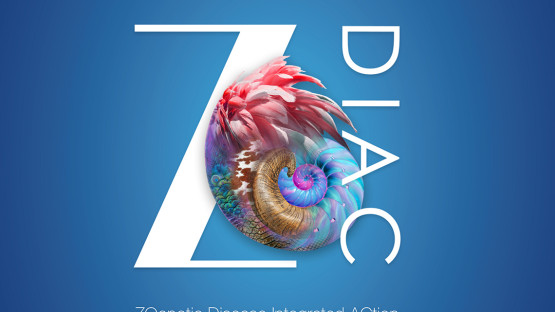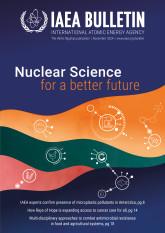The ZODIAC initiative was launched in June 2020. It supports laboratories with technology, equipment and training to enable Member States in timely detection of zoonotic pathogens of emerging or re-emerging zoonotic diseases.
Innovation and novel technologies
The initiative emphases research, development, and innovation, making the latest advancements in immunological, molecular, nuclear, and isotopic techniques immediately available to institutions participating in ZODIAC.
ZODIAC laboratories and coordination
Currently, 128 Member States have ZODIAC National laboratories, and ZODIAC National Coordinators.
Empowering decisions with data
ZODIAC provides access to data on the impact of zoonotic diseases on human health and enables science and results-based decisions.









